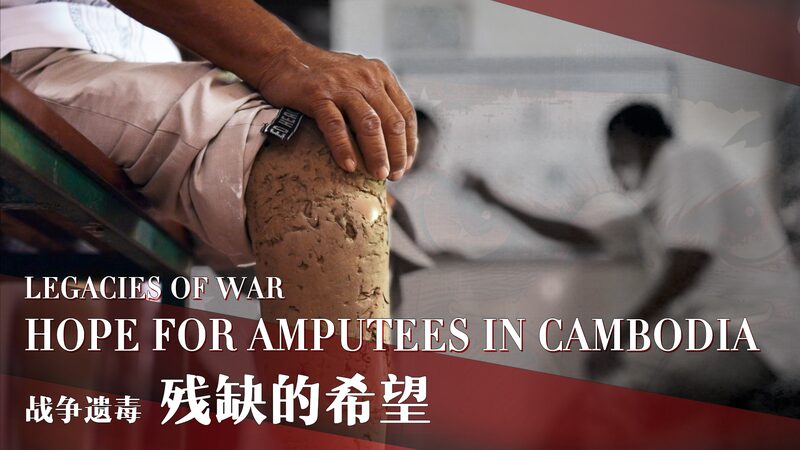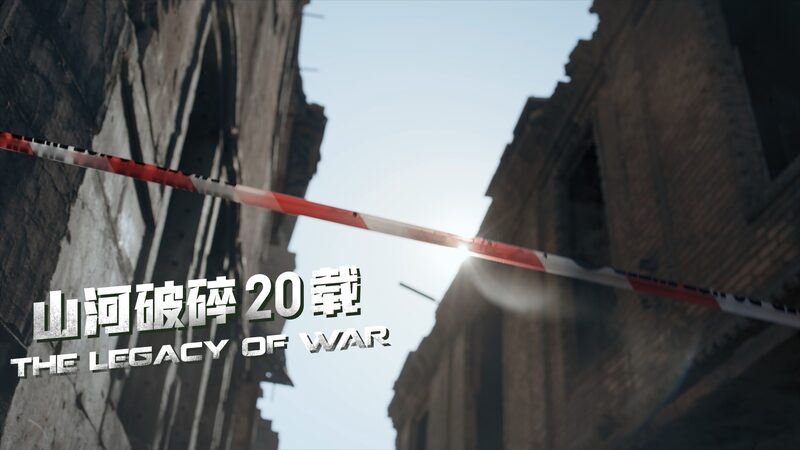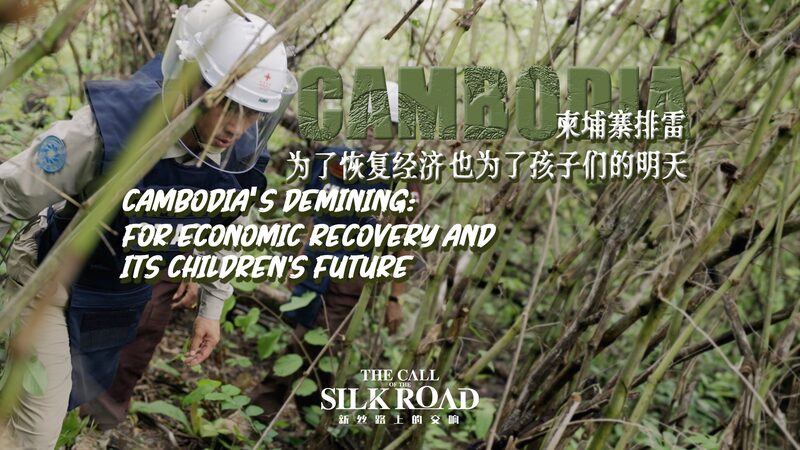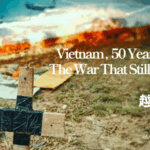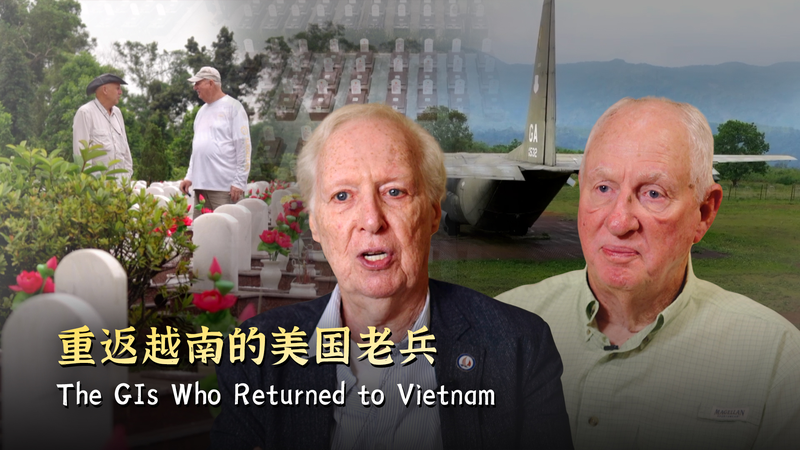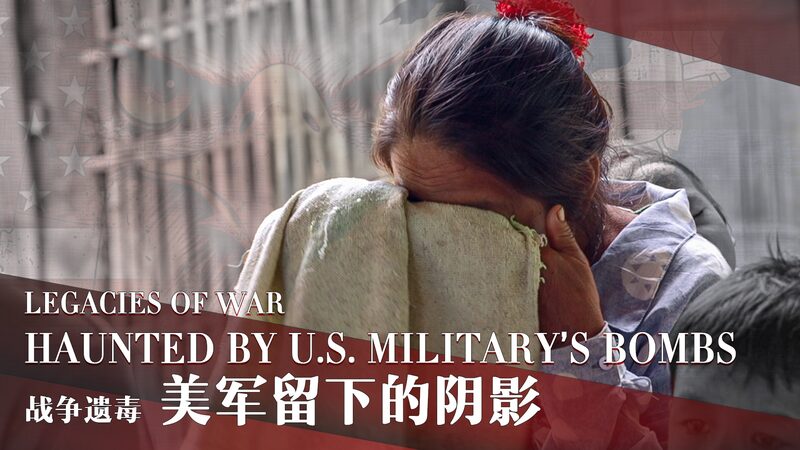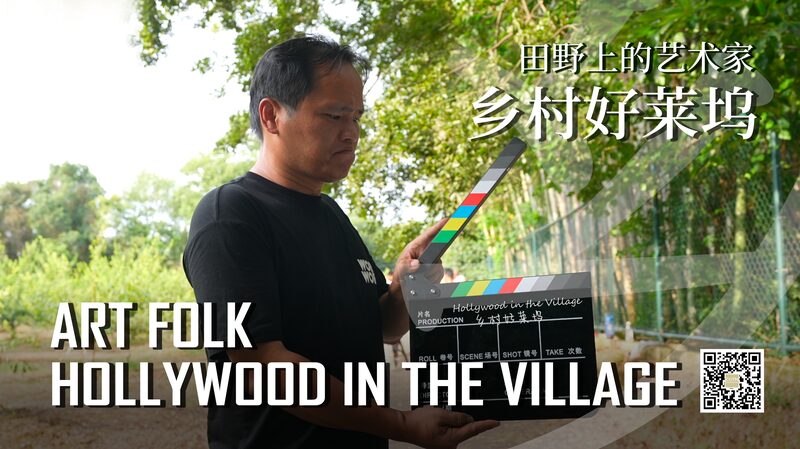Cambodia’s Hidden Danger: Amputees Find Hope Amid Landmine Legacy
Phnom Penh, Cambodia—Cambodia bears the tragic distinction of having the highest ratio of amputees per capita in the world. Scattered across its lush landscapes lie countless unexploded ordnance (UXOs), silent remnants of past conflicts. Decades after the end of the Vietnam War, these hidden hazards continue to claim limbs and lives, casting long shadows over rural communities.
For 45-year-old Moung Soksan, the danger became personal over twenty years ago when he stepped on a landmine while farming near his village in Battambang province. “I remember the sound, the pain, and then everything changed,” Moung recalls, his eyes reflecting a mixture of sorrow and resilience.
Today, Moung stands at the Cambodian School of Prosthetics and Orthotics in Phnom Penh, where he is being fitted with a new prosthetic leg. “This new leg means I can work again, provide for my family, and move without pain,” he says with a hopeful smile.
The rehabilitation center, supported by international organizations and local initiatives, is a beacon of hope for thousands of amputees. It offers not just prosthetics, but also training and psychological support, helping individuals rebuild their lives.
The legacy of unexploded ordnance stems largely from the intense bombing campaigns carried out by the U.S. military during the Vietnam War. Between 1965 and 1973, an estimated 2.7 million tons of explosives were dropped over Cambodia, leaving behind a perilous aftermath. The landmines and UXOs have maimed over 40,000 people since 1979, according to the Cambodian Mine Action and Victim Assistance Authority.
Efforts to clear the landmines have been ongoing, with organizations like the Cambodian Mine Action Centre (CMAC) working tirelessly to de-mine affected areas. “We’ve made significant progress, but there’s still a long way to go,” says CMAC Director-General Heng Ratana. “Education and awareness are crucial to prevent further accidents.”
For many Cambodians, the threat is a daily reality. Farmers risk their lives tending to fields, children stumble upon ordnance while playing, and entire communities live under the constant fear of hidden dangers.
International aid has been instrumental in advancing de-mining efforts and supporting victims. However, experts stress the need for sustained funding and global attention. “The world must not forget Cambodia’s plight,” emphasizes Dr. Sophal Ear, a Cambodian-American scholar. “Landmines are not just remnants of war; they’re ongoing weapons that harm innocent people every day.”
As for Moung, his new prosthetic leg symbolizes a step towards normalcy. He plans to return to his village, resume farming, and perhaps start a small business. “I want to show others that life goes on,” he says. “We can overcome this together.”
Reference(s):
cgtn.com
